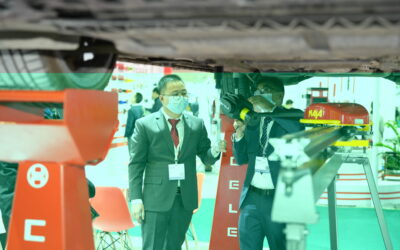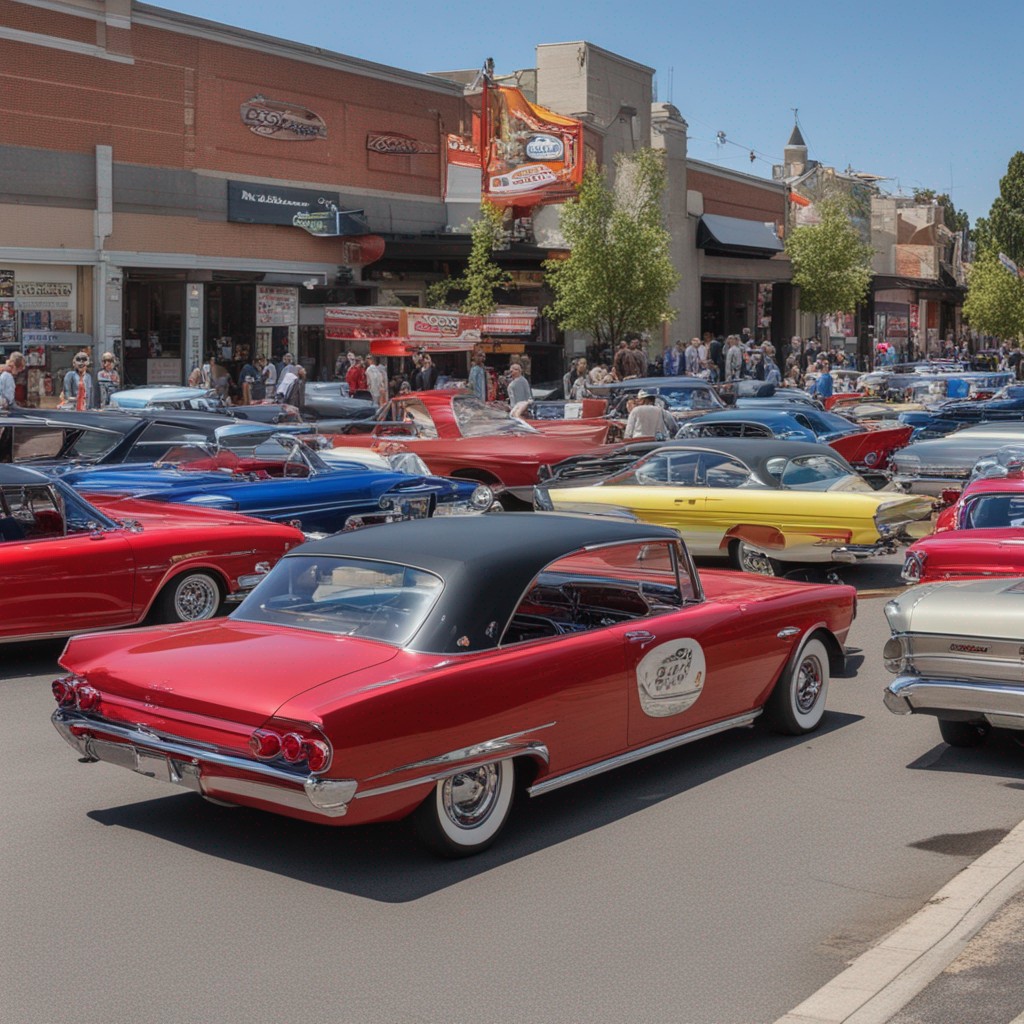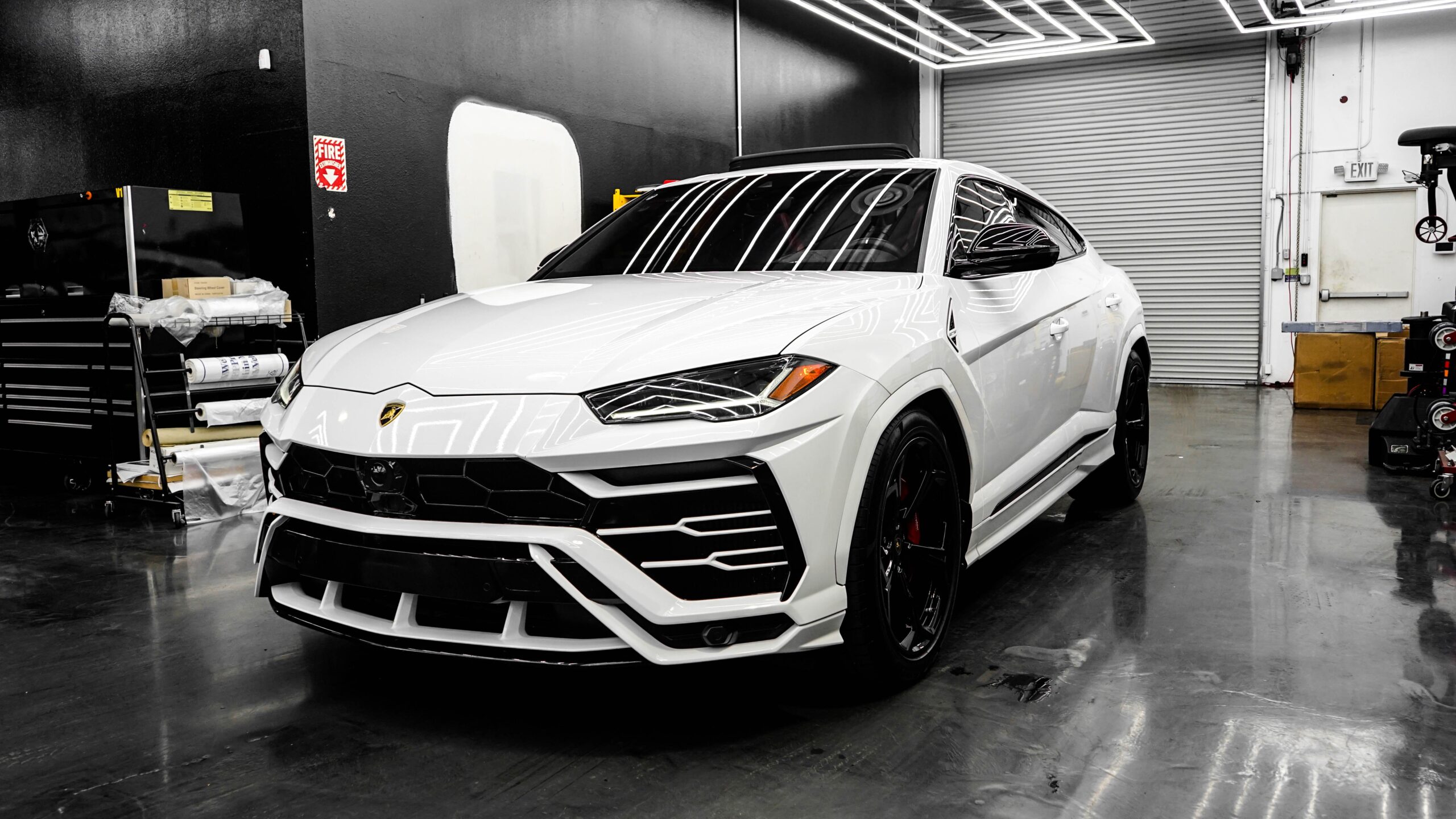The magic of a major car show – ever wondered how it’s created? Let’s explore the spellbinding journey together! The buzz, the glitz, the glamour – a major car show is an orchestration of human creativity, precision, and raw passion for automotive marvels. As spectators, we only get to witness the tip of the iceberg; beneath the surface, there’s an intriguing labyrinth of processes and people that bring the spectacle to life. Today, we pull back the curtain on the “Making of a Major Car Show” to expose the fascinating stories that lie backstage. Buckle up, because we’re about to take a riveting ride through the maze that hides behind the glamorous façade.
1. The Conceptualization Stage: Birthing the Vision
Creating a major car show is akin to crafting a symphony – it starts with a solitary note, a seed of an idea, and gradually evolves into a harmonious ensemble of diverse elements. The very first step in the making of a major car show is conceptualization. At this stage, a team of creative experts comes together to brainstorm and craft a unique vision that will guide the entire event.
These are the storytellers of our grand auto narrative. Their primary task is to devise a theme that will set the tone for the car show. This could range from a broad concept like the “future of mobility” to more specific ones like the “electric vehicles revolution”. The theme serves as a central pillar around which the other elements of the car show revolve. It’s the thread that binds the various segments, keeping the narrative cohesive and engaging.
The conceptualization stage also involves identifying the target audience for the show. Is it a global audience with a passion for luxury sports cars? Or a local crowd interested in sustainable mobility solutions? Understanding the audience’s tastes and preferences allows the team to tailor the event to meet their expectations, thereby ensuring its success.
However, the process is not as straightforward as it may sound. It involves countless brainstorming sessions, heated discussions, and sleepless nights. Yet, the fruit of this labor is a crystal-clear vision that paves the way for the rest of the journey.
2. Planning and Logistics: Choreographing the Dance
Next, we move onto a phase that is more tactical than creative – planning and logistics. This stage is about turning the concept into a feasible blueprint. It’s the nuts and bolts of the operation, a colossal task that demands precision, foresight, and an unwavering eye for detail.
The logistics team must map out the entire event, coordinating countless aspects ranging from the location and layout of the show to the order of car presentations. They decide on the number and placement of stages, booths, and exhibit areas. They plan the traffic flow to ensure a smooth visitor experience. And they handle the mammoth task of coordinating the transport and set-up of cars from manufacturers all over the world.
Each of these elements is a complex project in itself, and they all need to come together seamlessly to create a successful car show. It’s akin to choreographing a dance, where each step is meticulously planned and synchronized to the beat.
But the beauty of this stage lies not in its complexity, but in its fluidity. It’s a delicate balance between planning and adapting, between envisioning and improvising. It’s about expecting the unexpected and being prepared for all eventualities. After all, in the high-octane world of major car shows, there’s never a dull moment!
3. Sponsorship and Partnerships: Fuelling the Machine
No major car show can become a reality without the right partnerships. This stage is all about funding and sponsorships. It’s the lifeblood of the event, the fuel that keeps the machine running. And like most things in the making of a major car show, it’s an art and a science.
The team must identify potential sponsors and partners who share the vision of the event. This could be car manufacturers, parts suppliers, media outlets, or even non-automotive brands looking to reach the show’s audience. The challenge here is to strike a balance between the sponsors’ interests and the show’s vision, creating a symbiotic relationship that benefits both parties.
Securing sponsorships is no walk in the park. It involves presentations, negotiations, and contracts. The team must convince potential sponsors about the value proposition of the event – the visibility they will gain, the audience they will reach, and the brand image they will project.
But the effort is well worth it. The right partnerships not only provide financial support but also add to the credibility and prestige of the event. They are the allies that join forces to turn the dream of a major car show into reality.
4. Marketing and Promotion: Spreading the Word
Now that we have a concept, a plan, and sponsors, it’s time to let the world know about our upcoming extravaganza! The next stage in the making of a major car show is marketing and promotion. It’s about creating a buzz, generating excitement, and getting people to block their calendars for the event.
The marketing team works on various fronts to spread the word. They launch social media campaigns, create promotional videos, organize press releases, and engage influencers and celebrities to endorse the event. They create a compelling narrative around the car show that taps into the audience’s curiosity and anticipation.
This stage is as creative as it is strategic. It’s about understanding the pulse of the audience and using it to create an enticing invitation. It’s about not just telling people about the car show, but making them want to be a part of it.
And the beauty of it is, the marketing itself becomes a part of the car show experience. It sets the stage, it builds the atmosphere, and it starts the conversation – all even before the main event begins!
5. Stage Design and Setup: Creating the Wonderland
With the buzz in full swing, we move onto a stage that is quite literally about setting the stage. Yes, the next phase in the making of a major car show is stage design and setup. This is where the grandeur and the spectacle of the event come to life.
This phase is an orchestration of architecture, design, and technology to create a space that is functional, interactive, and visually stunning. The team works closely with the designers to create layouts for each exhibitor, aligning with the overall theme of the show.
From showcasing the cars in the best light to managing crowd flow, every detail counts. Additionally, technology plays a crucial role in creating a dynamic environment. Digital displays, interactive touchscreens, and immersive VR experiences are often employed to engage the audience and bring the cars to life.
In essence, the stage setup is about creating a wonderland where cars are the heroes. It’s about creating an atmosphere that allows visitors to experience the cars’ beauty, power, and innovation in the most engaging way possible. It’s about creating an environment that makes people stop, look, and admire – in awe of the automotive marvels and the spectacle around them.
6. The Rehearsals: Perfecting the Performance
As the physical structures take shape, the show begins to feel more real. But before the doors can open to the public, there’s a critical step that needs to be taken – rehearsals. In our journey of “Making of a Major Car Show,” this is the moment where the separate elements begin to come together, where the spectacle starts to take form.
Rehearsals involve everyone, from the event staff who manage the crowds to the presenters who introduce the cars on stage. It’s about ensuring that everyone knows their roles and can execute them flawlessly. This means running through the script, testing the audio-visual equipment, conducting safety drills, and much more.
The goal here is to uncover and address any potential issues before the actual event. For instance, are the lighting effects creating the desired impact? Are there any blind spots in the crowd management plan? Is the stage transition between the two presentations smooth?
Just like a dress rehearsal for a play, these practice runs help iron out the kinks and fine-tune the performance. Because when the show goes live, there’s no room for mistakes – only room for magic!
7. Showtime: The Grand Performance
After months of tireless planning, designing, promoting, and rehearsing, the day finally arrives. It’s showtime – the grand performance that everyone has been eagerly waiting for.
From the moment the doors open, the energy is palpable. The crowd, buzzing with excitement, starts pouring in. The presenters take their spots, the spotlights turn on, and the music begins to play. One by one, the cars are unveiled, their sleek designs and innovative features leaving the audience in awe.
The event staff are on their toes, ensuring everything runs smoothly. The media is busy capturing the highlights, their cameras flashing and whirring. The exhibitors are interacting with the visitors, their faces beaming with pride. And amidst all the chaos and excitement, the cars are the stars, their glory on full display.
This is the culmination of all the previous stages – the grand spectacle that was once just an idea. It’s a testament to the hard work, creativity, and passion of everyone involved. And as you soak in the spectacle, you realize that every moment of effort was worth it.
8. Audience Interaction: The Heart of the Show
However, a major car show isn’t just about the cars or the spectacle – it’s about the audience. This is where audience interaction comes into play, an integral part of our “Making of a Major Car Show” journey.
From live Q&A sessions and interactive exhibits to test drives and selfie spots, there are numerous ways in which the audience becomes a part of the show. These elements are designed to engage the visitors, to let them experience the cars beyond just looking at them.
It’s about creating a connection between the cars and the people, a bond that goes beyond the event. It’s about sparking conversations, sharing experiences, and creating memories. Because at the end of the day, a car show is as much about the people as it is about the cars.
9. The Grand Finale: The Final Bow
Just like a captivating story, a major car show too has a grand finale. It’s the final bow, the closing chapter of our riveting tale.
The finale often includes special presentations, award ceremonies, and sometimes, surprise unveilings. It’s the moment that leaves the audience with a lasting impression, a feeling of awe and admiration that lingers long after the show ends.
But the finale isn’t just about the audience. It’s also a moment of celebration for the team behind the show. It’s a moment of pride, of satisfaction, of relief. It’s a moment where they look back at the journey, cherishing the triumphs, learning from the hurdles, and reveling in the joy of creating a successful car show.
10. Post-Show Wrap-Up: The End of One Journey, The Start of Another
Even after the lights dim and the crowd disperses, the journey of “Making of a Major Car Show” isn’t quite over. The post-show wrap-up is an essential part of the process, a stage where reflection and learning take center stage.
The team conducts a thorough review of the event, analyzing what worked, what didn’t, and why. They gather feedback from the audience, the exhibitors, and the partners. They study the coverage in media and social networks, understanding how the show was perceived and received.
The insights gained from this stage serve as invaluable lessons for future events. They help the team improve and innovate, ensuring that each car show is better than the last.
And just like that, as one journey ends, another begins – the making of the next major car show. Because in the world of automotive marvels, the show must always go on!
That, my friends, is the thrilling saga of “Making of a Major Car Show.” It’s a tale of dreams, of passion, of relentless effort. It’s a tale that reminds us that behind every spectacle, there’s a story – a story of the magic behind the scenes.
We welcome any suggestions or questions. You can email us or contact us using the contact page.
You can also connect with us on the following social networks:









0 Comments